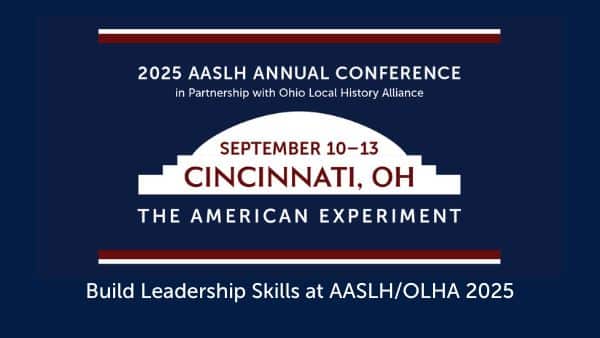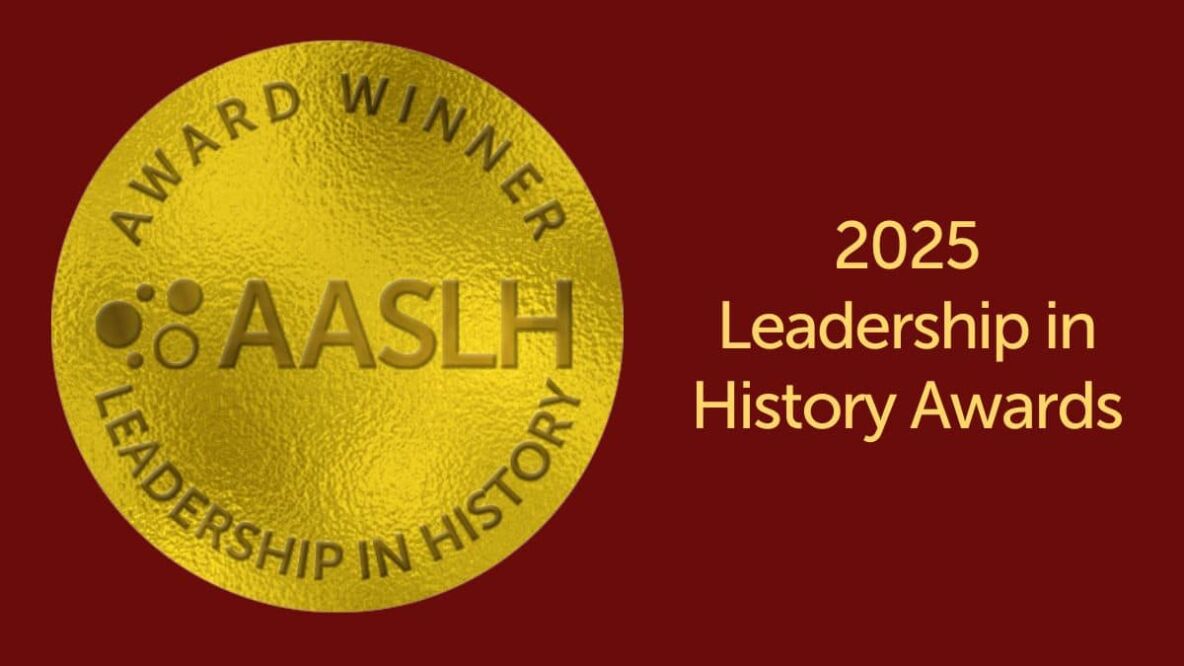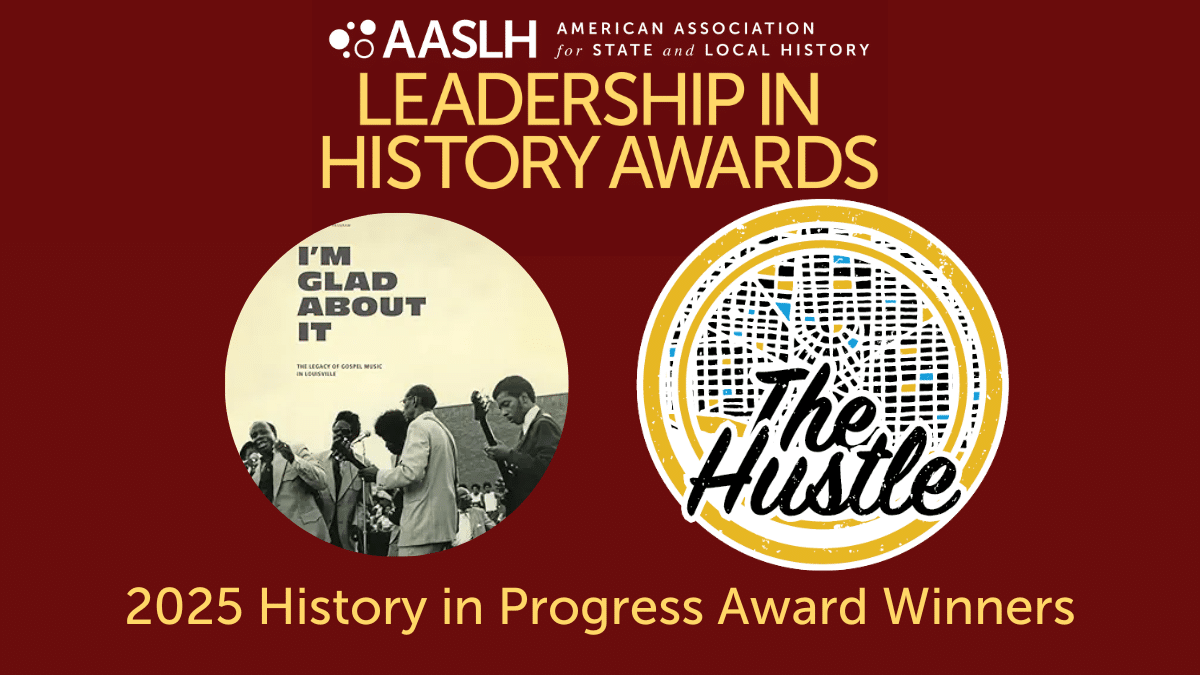
By Shawn Halifax, Cultural History Interpretation Coordinator, Charleston County Park & Recreation Commission, Charleston, SC
For over seventeen years, I’ve worked for a county park agency in South Carolina coordinating the interpretation of its historical and cultural resources. The primary purpose of the agency is to provide recreational opportunities for guests in our parks. In 2015, we opened a historic plantation museum that includes a collection of objects, a cemetery, archaeological sites, and over a dozen buildings and structures ranging from 170 to possibly over 200-years-old, all set on a historic landscape.
During my time here, I’ve been routinely asked to provide insight into not just interpretation and education, but also the management of the historic and cultural resources the agency owns and cares for.
For most of this time I’ve been the only person with any formal education and work experience in public history and museum work—certainly the only person whose primary purpose is to work with the agency’s cultural and historic resources, except for resource management firms periodically hired to assist with master planning new parks.
Sometimes, on my bad days, it seems as though I’m the only person who “gets it.” More times than I like to remember, I’ve been the only voice advocating for the proper care of the agency’s historic resources.
It’s only recently that I began understanding why things might be this way. Maybe it’s because I speak the language of museums and historic sites, while most everyone else here speaks a different language, the language of parks and recreation. I’ve come to believe, based on conversations, the only formal education or work exposure many folks employed by local parks and recreation departments have to historic site and museum management is in interpretation, which is really a small part of history museum and historic site management.
I wonder how many individuals, or small groups of people at a particular agency, find themselves in a position like mine? Are there others like me who could benefit from engaging with a network of people for the purpose of learning how to best work within their parks and recreation agency to protect and promote their agency’s history museums and historic sites?

At a conference in Washington D.C., I approached AASLH President and CEO John Dichtl and explained how I thought AASLH could be a part of the solution. Word to the wise: be careful what you ask for, since he later asked me to help form the new History in Our Parks Task Force.
The purpose of the History in Our Parks Task Force is to “identify the unique needs and challenges of parks and recreation agencies that care for historic and cultural resources while operating within a system that is not geared towards heritage preservation. In doing this, the task force seeks to gather data on the number of parks and recreation agencies (municipal, county, and others) that care for historic and cultural resources (historic sites, collections, archaeological sites, cemeteries, landscapes, etc.), initiate an assessment of their needs and challenges, and explore how AASLH can help through networking, training, and collaborative efforts with other organizations,” including the National Association for Interpretation (NAI) and the National Recreation and Park Association (NRPA).
If you work for a parks agency and want to serve on this task force, contact Senior Program Manager Cherie Cook at [email protected]. We’re looking for equitable representation between geographic locations, agency size, and agency type (municipal, county, regional, or state). If you can’t commit to the task force, but want to participate or learn more, attend the “History in Our Parks” roundtable discussion at this year’s Annual Meeting in Philadelphia. Hope to see you there!



